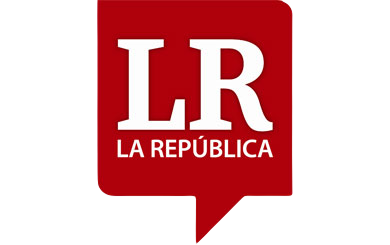As a part of its digitalization process, ISA CTEEP, the largest private company for electric power transmission in Brazil, developed together with Drone Power and as a pioneer in that country, a drone that incinerates objects, such as balloons and kites that fall on the transmission lines and could affect the power supply to the community. With this drone, it will not always be necessary to interrupt the provision of the service, and it will also reduce the time it takes to remove more than 80% of objects, providing a safety factor to employees in charge of maintenance tasks for the system. The technology was approved today by the Agencia Nacional de Aviación Civil (ANAC) (National Aviation Agency) and it will be used starting this week.
The drone is adapted to a remote-control system, and it has a device attached, which incinerates objects with a quick and aimed hit.
“The development of this solution represents a gain in terms of safety and efficiency at work. With this drone, we reduced the need to call the maintenance teams, and in many cases, we avoid the need to disconnect the transmission line to perform the services”, explains Gabriela Desirê, ISA CTEEP’s Executive Director of Operations.
The development of the prototype involved a series of tests, carried out by ISA CTEEP, in a controlled environment. The objective was to evaluate the effectiveness of all equipment, as well as their airworthiness.
The project was developed through the Technological Research and Development Program (R + D), regulated by National Electric Power Agency (ANEEL), and is a part of the Company’s Innovation Program on Maintenance Productivity. Since last year, the company has intensified the use of drones in its activities, optimizing the inspection of assets, lanes, and substations, with more efficiency, safety, and environmental gains. Alone in 2020, the Company invested approximately BRL 14.2 million in innovation projects.
In line with the advancement of the digitalization of operational processes, ISA CTEEP has intensified the use of drones in the last years, optimizing the inspection of assets, easements, and substations, which offers more efficiency, safety, and environmental gains.
In the construction of new transmission lines, this technology is used for laying out cables, reducing the need for removing trees, while improving the topography’s analysis for optimizing the layout of new lines, avoiding interfering with vegetation. Therefore, because of the low impact on the environment, the use of drones could waive or accelerate the environmental licensing stage.
During the inspection activities on easements, one example of technology use is that it significantly increases the precision of the need for pruning trees close to the transmission lines, as it allows for precise photography of the interference of tall vegetation on the assets, which could produce interruptions on the lines.
The company is also a pioneer in the market, as it has an Analysis Center for Digital Images (CAID), a new concept and architecture for digitalization of activities of aerial inspection of assets performed by drones. The initiative provides efficiency gains, and increases safety by foregoing technical teams climbing up the towers. With the digitalization of 15% of the inspections performed in 2020, it was possible to record productivity gains of more than 50% in relation to the manual process. For 2021, more than half of the inspections of transmission towers will be performed digitally. The Company invested approximately BRL 2,4 million in R + D during the year.
About ISA CTEEP
ISA CTEEP, which belongs to ISA multi-Latin group, has a presence in 17 states in Brazil, with a team of close to 1,400 employees, operating a complex transmission network transmitting 33% of the energy in the country and 94% in Sao Paulo State. Its energy system comprises over 20 thousand kilometers of transmission lines and 140 substations (assets in operation and under construction). It was privatized in 2006, its main shareholder is the ISA Multi-Latin Group, which owns 35.82% of its total equity.



















